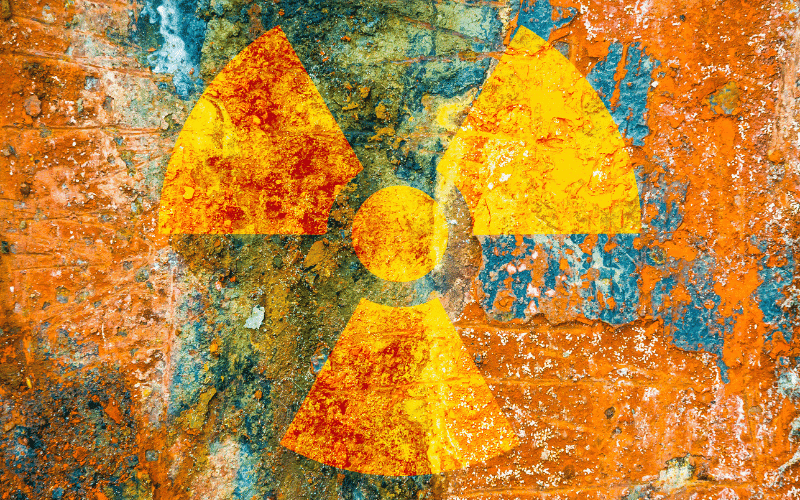7. The Impact of Ionizing Radiation: A Historical Perspective

The detonation of atomic bombs over Hiroshima and Nagasaki during World War II was a turning point in our understanding of radiation and cancer. In the years following this catastrophic event, an increase in thyroid cancer cases, especially in those exposed as children, highlighted the carcinogenic potential of ionizing radiation.
This association between radiation exposure, particularly during childhood, and thyroid cancer risk is now well-established. The thyroid gland, especially in children, is highly sensitive to ionizing radiation. It’s not limited to catastrophic events alone. Medical radiation, especially from treatments involving the head and neck, can also increase the risk.
This doesn’t mean that every individual exposed to ionizing radiation will develop thyroid cancer. Instead, it means that exposure, especially in childhood, increases the risk. Other factors, such as the dose of radiation, age at exposure, and possibly individual genetic factors, influence the likelihood of developing thyroid cancer post-radiation exposure.
While the risk from medical radiation is much lower than from radiation disasters, it still warrants caution. Doctors often weigh the benefits against the potential risks before recommending a treatment or diagnostic procedure involving radiation.
Radiation-induced thyroid cancer also has unique genetic characteristics. Certain genetic rearrangements, such as RET/PTC, are more common in these cancers. This link between radiation exposure and thyroid cancer is a reminder of our vulnerability to our environment. It reinforces the importance of radiation safety, medical or otherwise, especially for the youngest among us. (7)